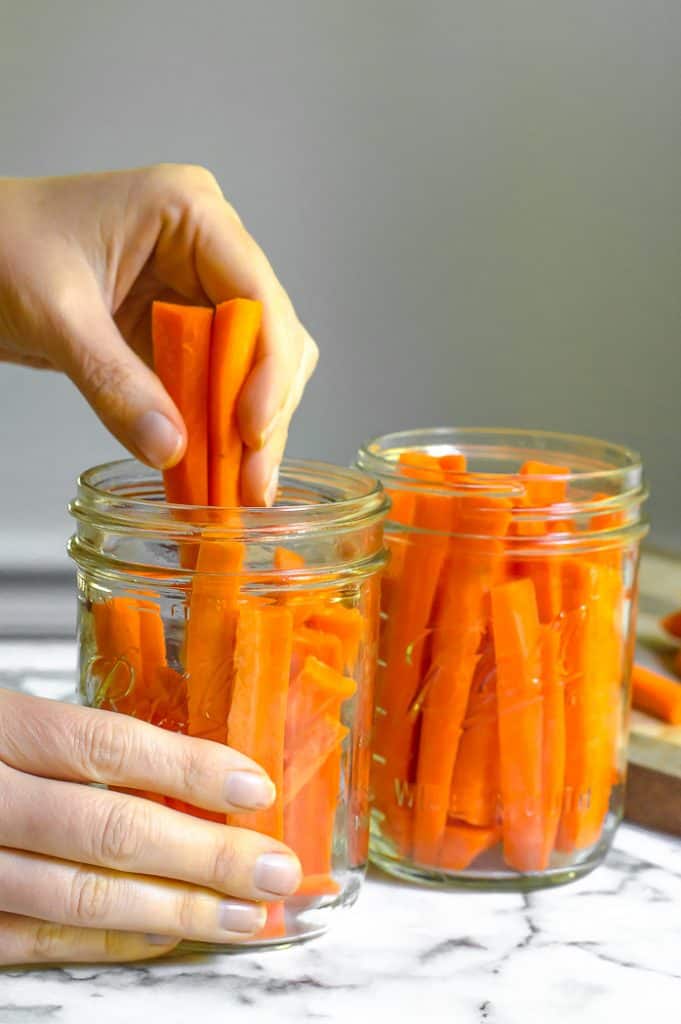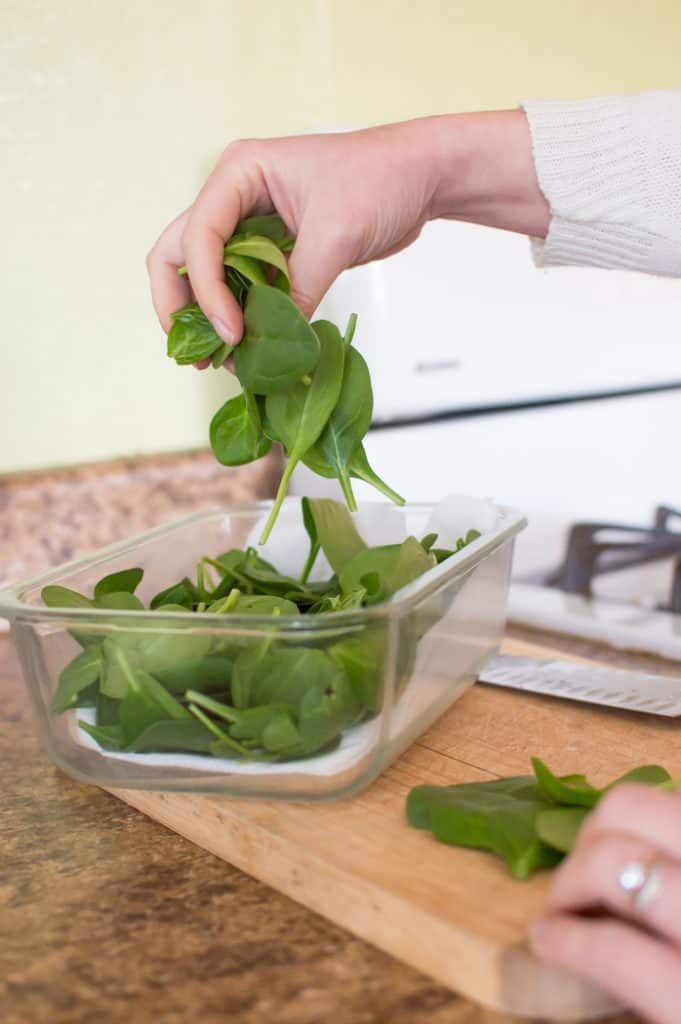How to store baby carrots properly for freshness
– Different fruits and vegetables require different storage approaches to stay fresh.
– Lesser-known tricks can keep crisp, crunchy vegetables like carrots fresh in the refrigerator for weeks.
– Carrots should not be rinsed before storing to prevent mold growth.
– Floppy or soft carrots can be revived by hydrating them in water.
– Carrots should not be stored next to ethylene-producing fruits like apples, bananas, and pears.
– Freezing carrots is an option, either cooked or uncooked. Carrots should be scrubbed and peeled, and can be shredded or chopped before storing in a freezer bag. Blanching before freezing helps preserve color.
– Store-bought carrots can last several weeks with proper storage.
– The best way to store carrots is to keep them in an airtight container submerged in water.
– Carrots can be prepped by chopping off the ends and peeling if they will be eaten within a week or two.
– Water should be switched out every week to prioritize long-term freshness.
– Airtight glass jars are recommended for storing prepared carrots and celery.
– Carrots preserved using this method can stay fresh for up to three weeks.
– Using a root cellar is the most effective method for storing carrots.
– A root cellar is usually underground and keeps fruits, vegetables, nuts, and other goods in a cool, dark place.
– Unwashed carrots should be packed in a sealed container in a root cellar to keep them fresh for months.
– Home-grown carrots should have their green tops removed as soon as they are brought into the kitchen.
– Carrot greens can be used to make pesto or chopped into a gremolata.
– Bags of carrots are often left to rot in crisper drawers.
– Whole carrots can last for about three to four weeks in the fridge if stored properly.
– Remove carrot greens and avoid washing whole, unpeeled carrots until right before eating or cooking.
– Wrap unpeeled, unwashed carrots in a dry paper towel and store them in an airtight container or bag in the coolest part of the refrigerator.
– Peeled carrots dry out more easily, so store them by submerging them in cool water in a container in the refrigerator, changing the water every few days.
– Rinse peeled carrots before eating.
– Baby carrots are actually cut and peeled adult carrots, so they can be stored the same way as peeled carrots.
– Cooked carrots can last for about four days in an airtight container in the refrigerator.
– Blanching carrots before freezing helps preserve their flavor, vibrancy, and nutritional value.

